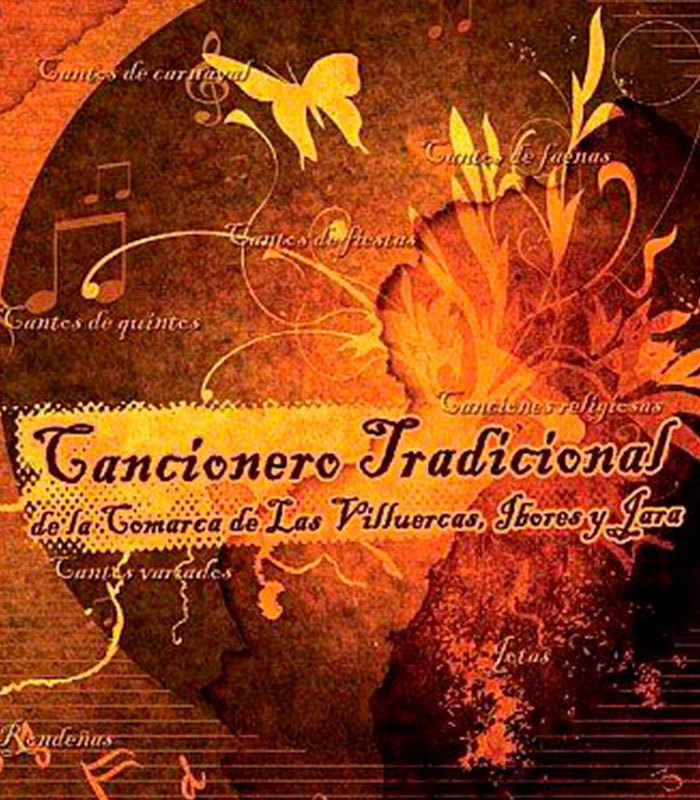Beyond the richness of the physical heritage which the passage of the centuries has left us in the form of churches, fortresses, civil engineering, monuments, and other places with cultural, artistic, and historical values, a much less tangible but by no means less valuable heritage also exists. This is the case of traditional culture in the sense of a true heritage value, the rich experience of previous generations with a very strong identity, which therefore deserves protection measures and being highlighted in the same way as the material heritage.
Despite the fact that these are valuable elements which contribute towards the cultural diversity and creativity of any society, that they constitute the identity traits of a region, and that many of them are in great danger of disappearing, the intangible heritage has been the last to be considered part of cultural heritage as such. Traditional handicrafts, dances, songs, legends, vocabulary, and festivals are cultural expressions which have been protected by the UNESCO since 2003 and are as worthy of preservation as any other kind of heritage.
In Extremadura there are numerous examples of cultural expressions which have survived over time and have been part of people’s lives in an intense and dynamic way. This is due to the profusion of peoples and cultures which have occupied its territory down the centuries, leaving their mark and enriching the cultural storehouse. Another important factor in this richness of intangible heritage has been the cultural interchange which has been characteristic of Extremadura for millennia. The Vía de la Plata (Silver Route), a connection between the north and south of the Iberian Peninsula, and the drovers’ roads served as channels for the movement of uses, customs, and knowledge. There is no doubt that its proximity to Portugal also contributed to and continues to influence the traditional knowledge and cultural expressions of this land.

